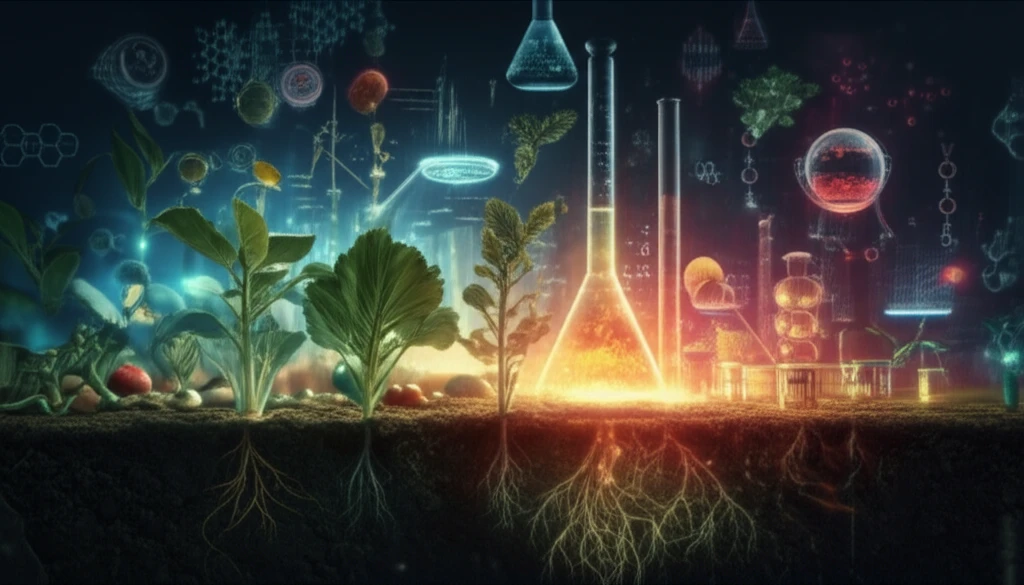
Food Science Evolution: How Technology is Reshaping Our Plates
"Explore how innovations from high-pressure processing to cellular agriculture are revolutionizing food safety, nutrition, and sustainability."
Imagine stepping into a time machine and traveling sixty years into the future. That's precisely the journey Dr. John Litchfield took, attending his first Institute of Food Technologists (IFT) meeting in 1958 and reflecting on the advancements he witnessed at IFT18. His unique perspective offers a captivating glimpse into the evolution of food science, revealing how technology has revolutionized our approach to food safety, nutrition, and sustainability.
In 1958, the field was focused on radiation preservation, biochemistry, and microbiology. Fast forward to today, and we're exploring nanotechnology, genome sequencing, and cellular agriculture. These aren't just buzzwords; they represent a seismic shift in how we produce, analyze, and consume food.
This article delves into Litchfield's observations, contrasting the food science landscape of the late 1950s with today's innovations. We'll explore the enduring concerns that remain central to the field and the exciting new frontiers that promise to reshape our plates.
From Radiation to Nanotechnology: A Quantum Leap in Food Science

In 1958, ultraviolet radiation was at the forefront, with research dedicated to sterilizing apple juice using mercury resonance radiation. Today, while concerns about radiation in food persist, the focus has expanded to include a spectrum of advanced technologies.
- High-Pressure Processing: A non-thermal method to preserve food, extending shelf life without compromising quality.
- Nanotechnology: Revolutionizing food packaging with enhanced barrier properties and targeted delivery of nutrients.
- Genome Sequencing: Improving food safety by rapidly identifying and mitigating potential hazards.
- Cellular Agriculture: Producing meat and other products directly from cell cultures, reducing the environmental impact of traditional agriculture.
The Future of Food: Balancing Innovation and Enduring Principles
While technology continues to advance, Litchfield emphasized that core areas of food science – food safety, quality, and nutritional properties – remain paramount. These enduring principles provide a foundation upon which new innovations can be built, ensuring that advancements serve the fundamental purpose of nourishing and sustaining populations. The challenge lies in integrating these new technologies responsibly, addressing concerns about sustainability, societal impact, and consumer acceptance. As we look to the future, a balanced approach that combines scientific progress with a commitment to ethical and environmental stewardship will be essential to creating a food system that benefits all.
